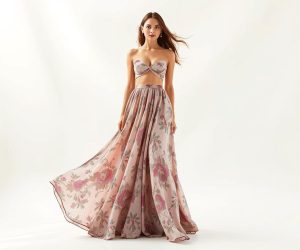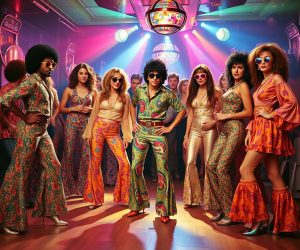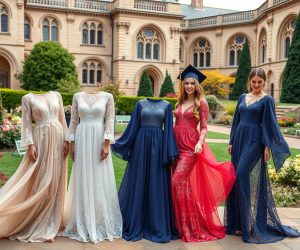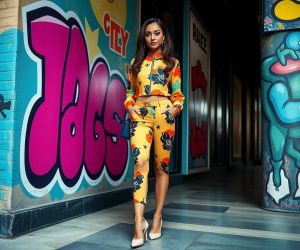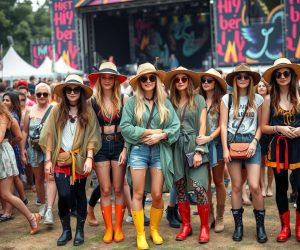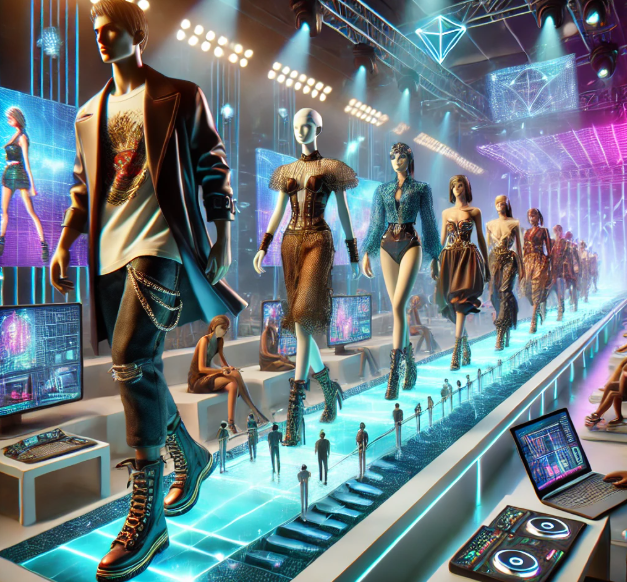
The intersection of fashion and virtual gaming platforms has evolved significantly over the years, reflecting broader cultural trends and technological advancements. This dynamic synergy has not only transformed the aesthetics of gaming environments but also enhanced the overall user experience, providing a rich ground for innovation.
Integrating haute couture into virtual realms
One of the most prominent trends in the integration of fashion into gaming is the collaboration between high-profile fashion brands and popular gaming platforms. These collaborations are mutually beneficial: fashion brands can tap into a vibrant, digitally native audience, while game developers enhance their game’s appeal with real-world relevance. For instance, luxury fashion brands like Louis Vuitton and Balenciaga have partnered with games such as “League of Legends” and “Fortnite,” respectively, to create exclusive in-game items that mimic contemporary fashion trends. These partnerships have resulted in unique, stylish outfits that players can purchase for their avatars, merging the thrill of gaming with the allure of fashion. This trend is not limited to just mainstream games; niche platforms like the Winport casino also integrate fashionable avatars and themed virtual environments to enhance user engagement and provide a more immersive gaming experience.
The impact of these collaborations extends beyond mere aesthetics. They influence game design by encouraging developers to create more detailed and fashion-forward virtual worlds. This, in turn, increases player engagement by allowing gamers to express their personalities and style preferences through their avatars. Moreover, the presence of branded fashion in games can enhance the realism and depth of the game environment, making the virtual experience more immersive and enjoyable.
Fashion-forward gaming: elevating user experience
The influence of fashion on gaming is not limited to partnerships with brands. It also manifests in the design of the games themselves. Developers now pay closer attention to the fashion elements of characters and settings, recognizing that a well-dressed avatar or a stylishly designed environment can significantly enhance player satisfaction. This attention to detail is evident in the customization options available to players, who can often select from a wide range of clothing and accessories to personalize their avatars.
The fashion choices available in games also reflect broader fashion trends observed in the real world. This includes everything from streetwear to futuristic outfits, allowing players to explore various identities and styles within the game. This not only adds depth to the gaming experience but also makes it a tool for exploring personal identity through fashion.
Fashion also impacts the social interactions within games. In multiplayer and social gaming environments, how an avatar is dressed can affect how other players perceive and interact with one another. Fashion becomes a form of social currency in these virtual spaces, similar to the real world, reinforcing the importance of design choices in these platforms.
The future of fashion in gaming
The fusion of fashion and gaming is poised to continue evolving, driven by advancements in technology and the increasing influence of digital cultures. As virtual and augmented reality technologies become more prevalent, the potential for fashion in gaming will expand, leading to even more immersive and interactive fashion experiences. This could include virtual fashion shows within games or more sophisticated customization options that mimic real-world physics and fabric movements.
As the gaming industry continues to grow, its influence on real-world fashion is also expected to increase. We are likely to see more fashion designers drawing inspiration from virtual worlds, just as gamers find fashion inspiration from their favorite avatars.
In essence, the relationship between fashion and gaming is not just about making avatars look stylish—it’s about creating a deeper connection between the player and the game, enhancing the overall experience and pushing the boundaries of what games can be. This symbiotic relationship promises to redefine the intersections of technology, art, and fashion, proving that gaming platforms are not just places for entertainment, but also for meaningful cultural and aesthetic expression.



